Ancient Roman Villa Discovered Beneath Italian Apartment Complex
Come November, the 2,000-year-old dwelling will open as a multimedia museum
/https://tf-cmsv2-smithsonianmag-media.s3.amazonaws.com/filer/9a/71/9a712a85-87d0-4751-bc8b-ddc227d88d5a/6_allestimento_multimediale_-_rendering1.jpg)
In 2014, builders working to earthquake-proof a suite of luxury apartments in Rome stumbled onto a stunning discovery: hints of an ornately decorated domus, or Roman dwelling, that had likely been buried for centuries.
Subsequent archaeological work revealed the trappings of a lavish, 2,000-year-old home, including intricate black-and-white geometric mosaic designs that date back to the first century B.C., frescoes, Latin inscriptions, lacquered bowls depicting mythological hero Hercules and Greek goddess Athena, and amphorae used to hold the fermented fish sauce garum, per Rebecca Ann Hughes of Forbes.
Now, reports Tom Kington for the Times, the restored remains of the subterranean villa are slated to open to the public. Starting in November, curious visitors will be able to pay about €10 to descend into the basement of the residential building and see the estate for themselves. To ensure residents’ privacy, the site will initially be accessible just two days per month; in the future, additional days may be added to meet demand.
Dubbed the “Domus Aventino,” the home once belonged to wealthy owners and likely traded hands many times throughout the centuries, according to a statement. Videos projected onto the underground space’s walls will depict a senator and his wife relaxing in rooms filled with marble busts, tables and couches, offering viewers a sense of what the domus might have looked like in its heyday, writes the Telegraph’s Nick Squires.
Six years of excavations at the site have yielded such artifacts as a hammer, a key, a hairpin and a spoon. Archaeologists have also uncovered layers of history, including remnants of a stone tower that dates to the eighth century B.C. and a defensive wall built in the days of the Roman Republic.
But the most impressive finds are arguably the geometric mosaics, which feature squares, circles, hexagons and numbers. Per the Times, other mosaics depict a bright green parrot with a shock of red feathers and intricate grapevines growing out of a large pot.
“You can see from the richness of the decorations and the mosaics that the villa belonged to a powerful person, probably linked to the imperial family,” archaeologist Daniela Porro tells the Telegraph. “Rome never ceases to surprise us. It’s an archeological jewel.”
The Domus Aventino once stood on Aventine Hill, one of the seven hills of Rome. The hill’s proximity to the historic Circus Maximus, where emperors and thousands of Roman citizens gathered to watch chariot races and gladiator fights, would have made it a highly desirable location for a wealthy homeowner.
Over the centuries, the building appears to have sunk into the ground.
“What was unusual is that there are six layers of mosaic, laid one on top of the other between the first century B.C. and the end of the second century A.D. as the ground subsided thanks to caverns left under the site by quarrying,” Francesco Narducci, one of the archaeologists who led the project, tells the Times.
He adds, “After six attempts at leveling the floor, which sank a meter in that time, the house was finally abandoned.”
In Rome, modern construction operations often unearth ancient finds, to the point that builders sometimes dread the disruption caused by archaeologists. But private companies have become increasingly eager to sponsor the preservation of ancient artifacts—and, in turn, transform their sites into tourist destinations.
BNP Paribas Real Estate, the company that owns the apartment complex, spent about €3 million (roughly $3.5 million USD) to restore the domus in partnership with the Special Superintendence of Rome.
As Porro tells the Times, “To rediscover this villa, the private sector got behind the public sector.”
/https://tf-cmsv2-smithsonianmag-media.s3.amazonaws.com/accounts/headshot/nora.png)
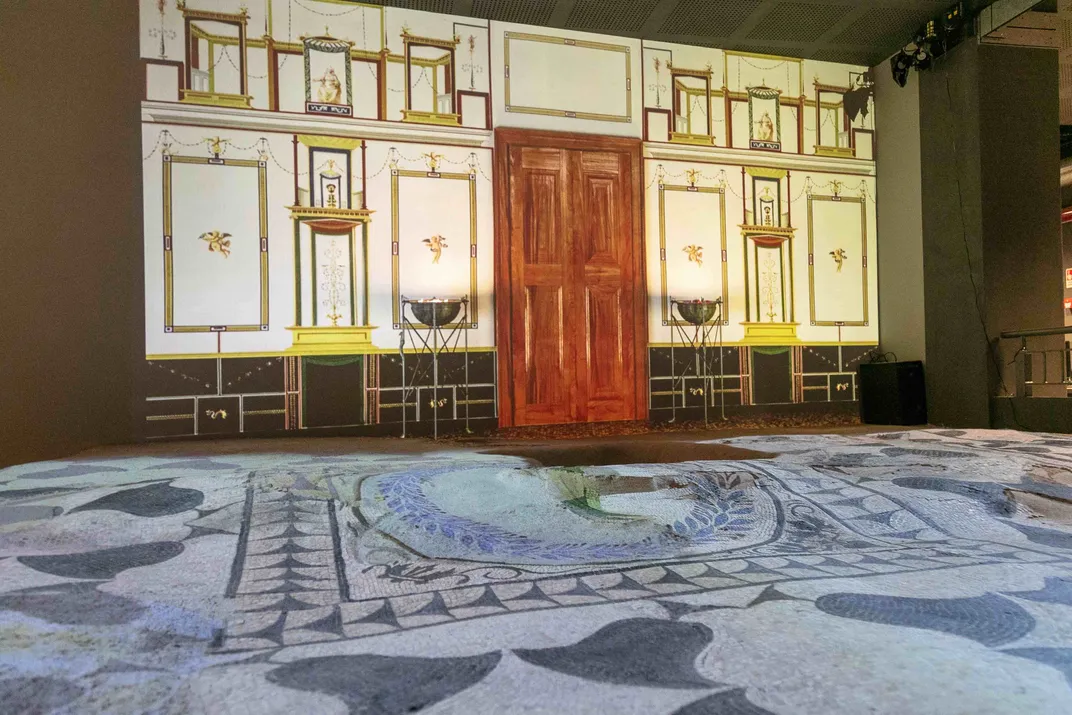
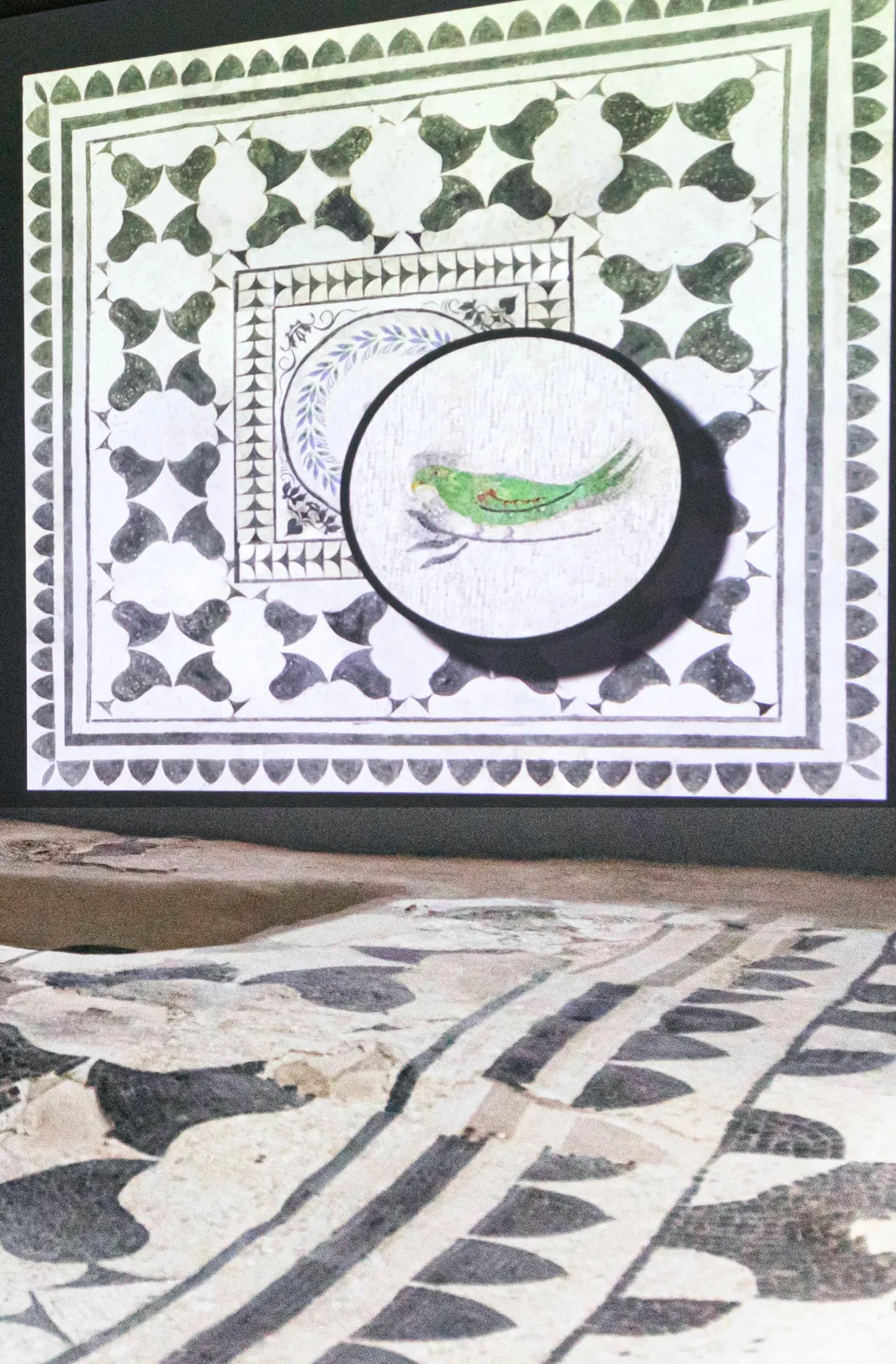
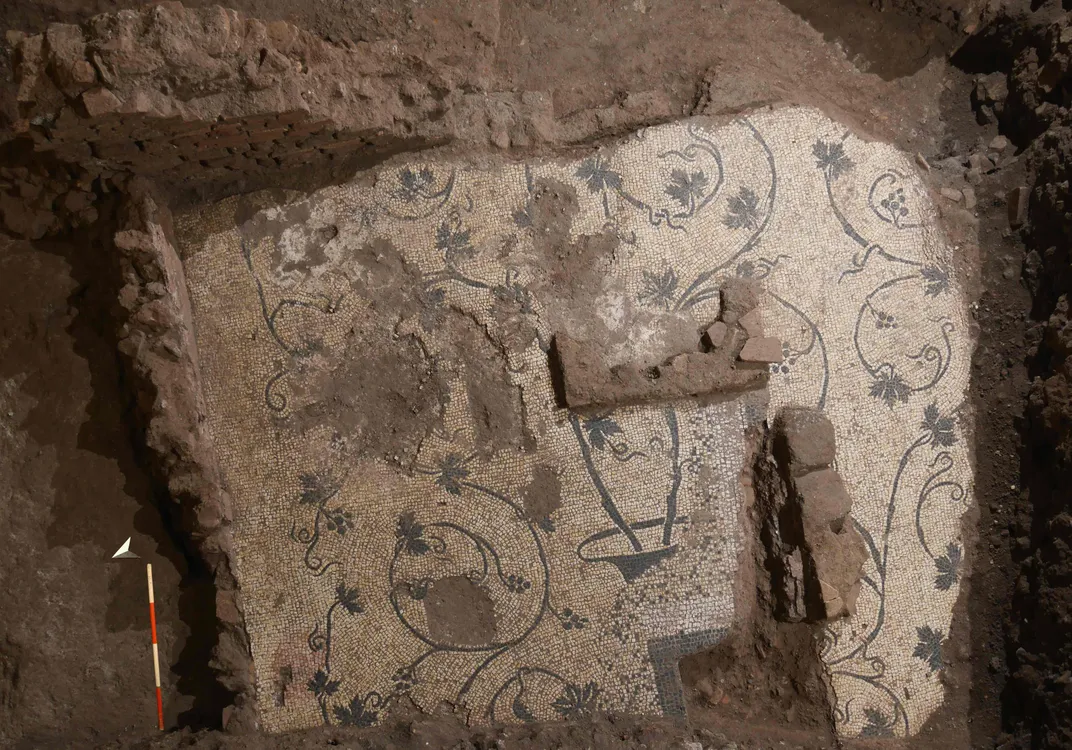
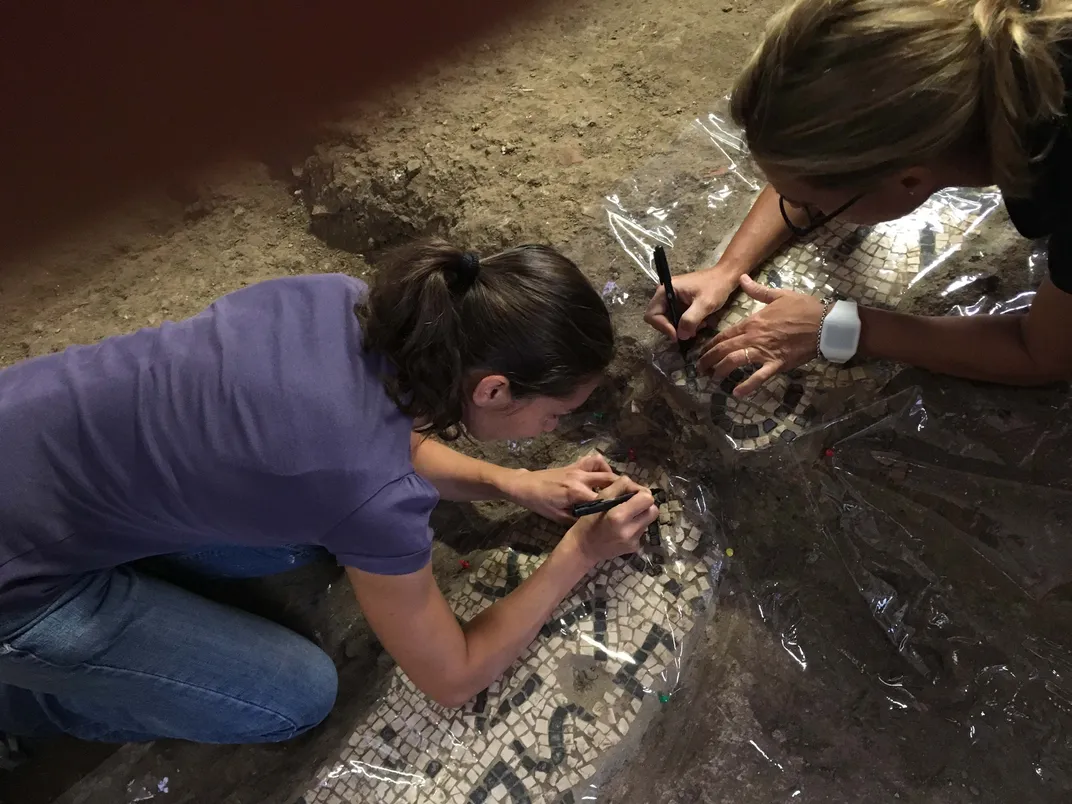
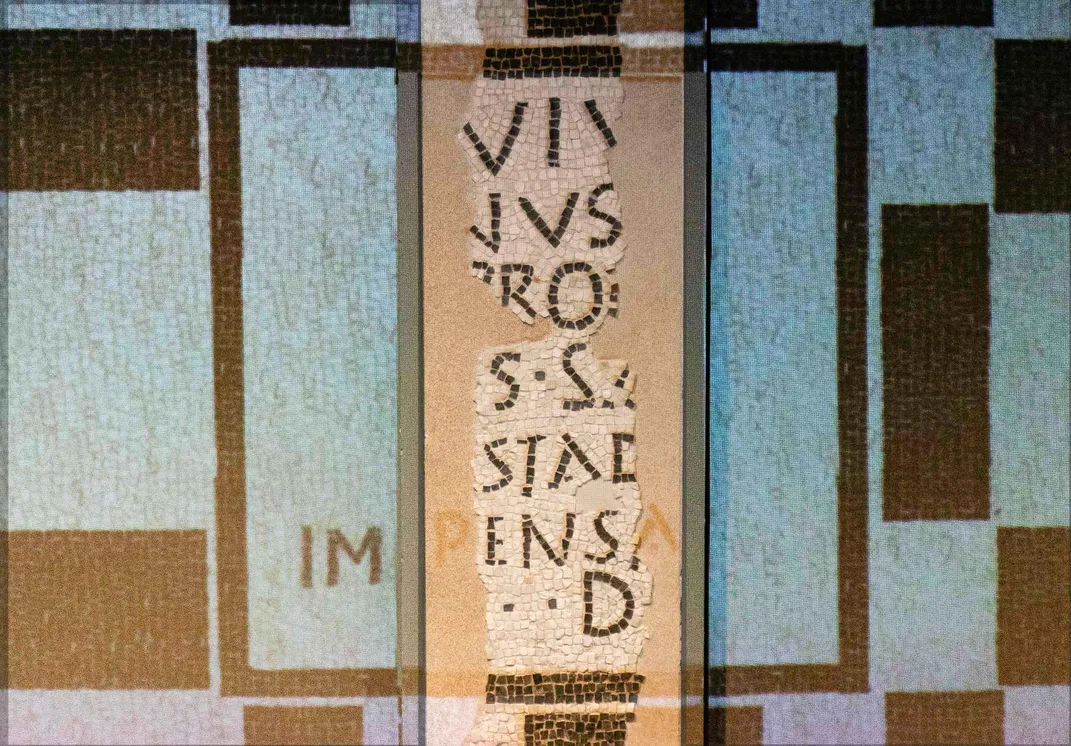
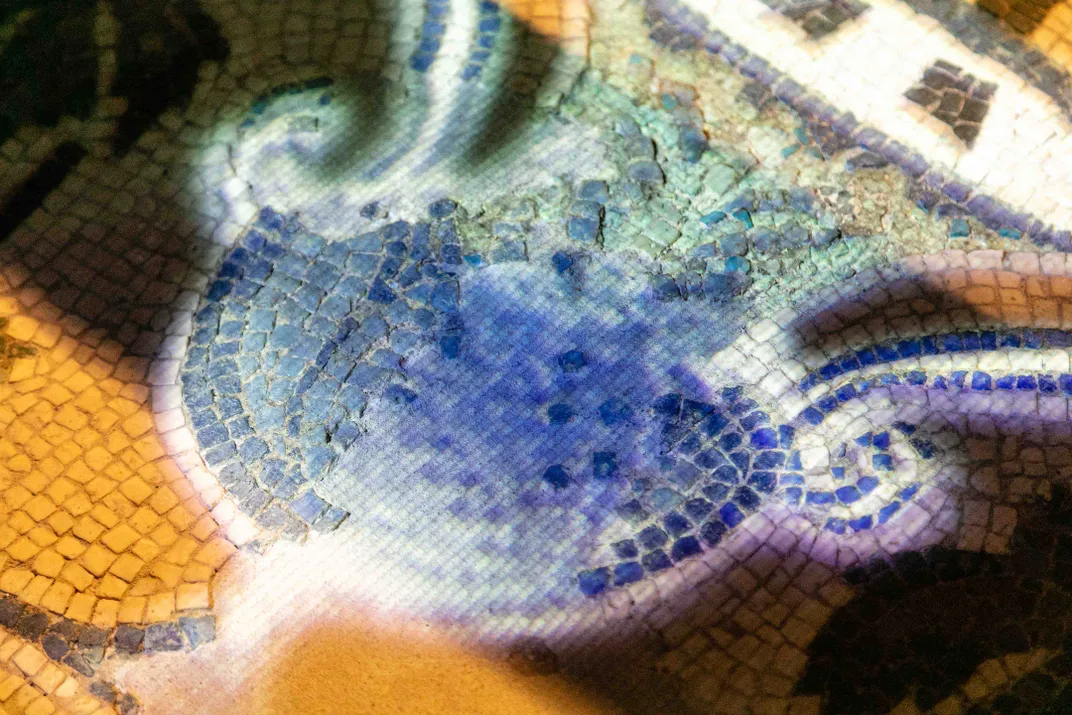
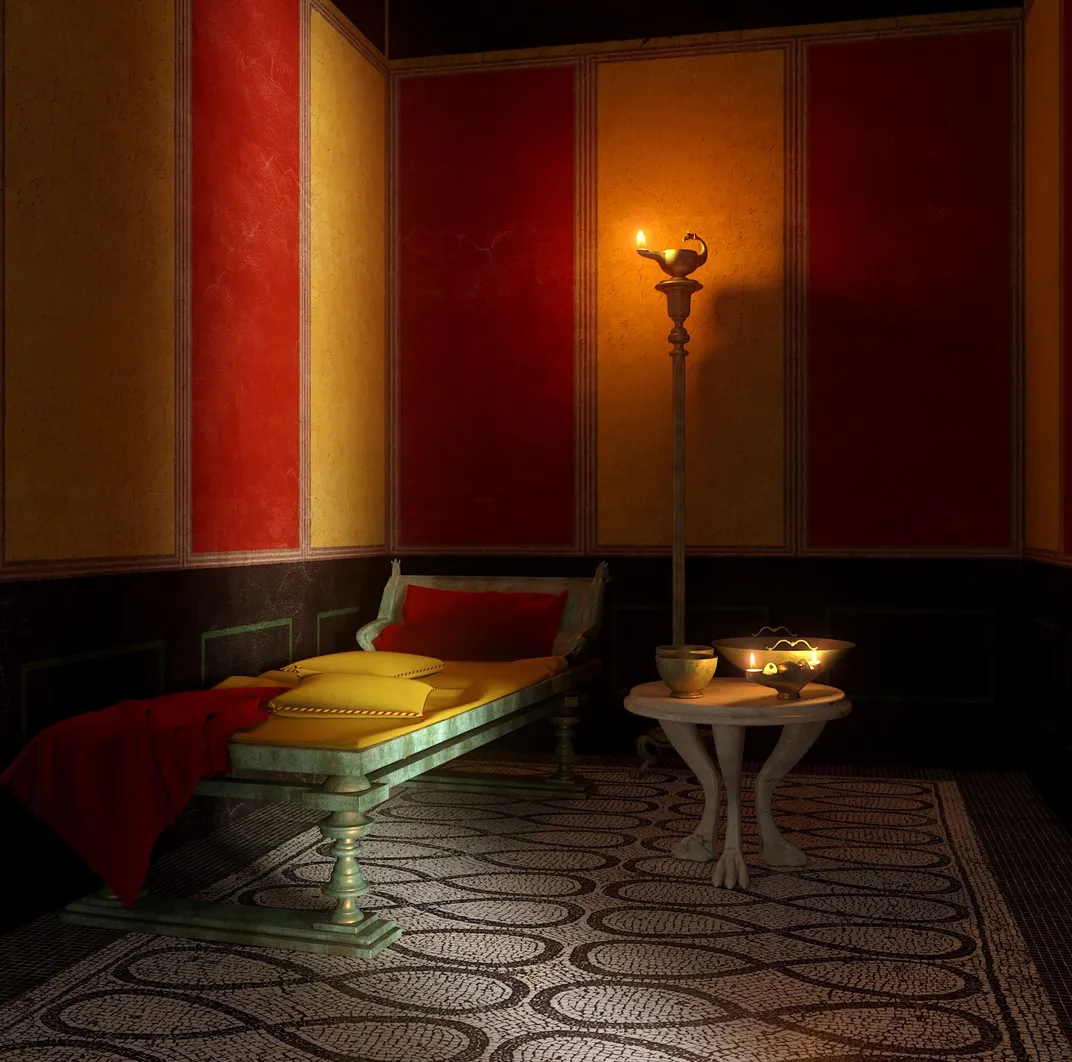
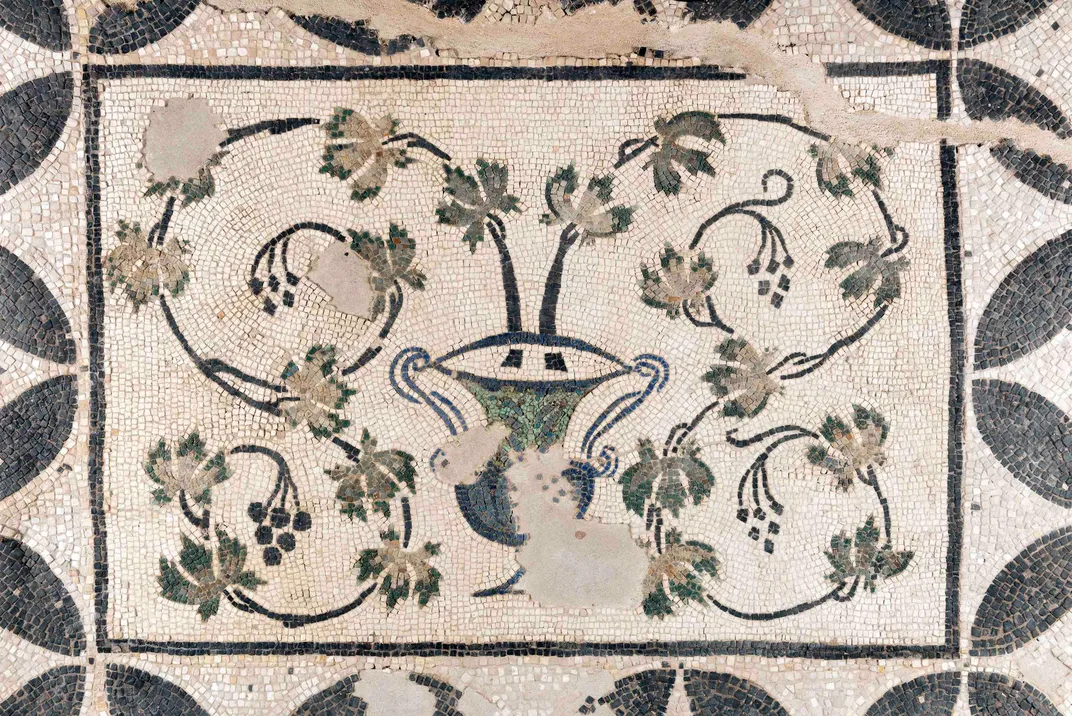
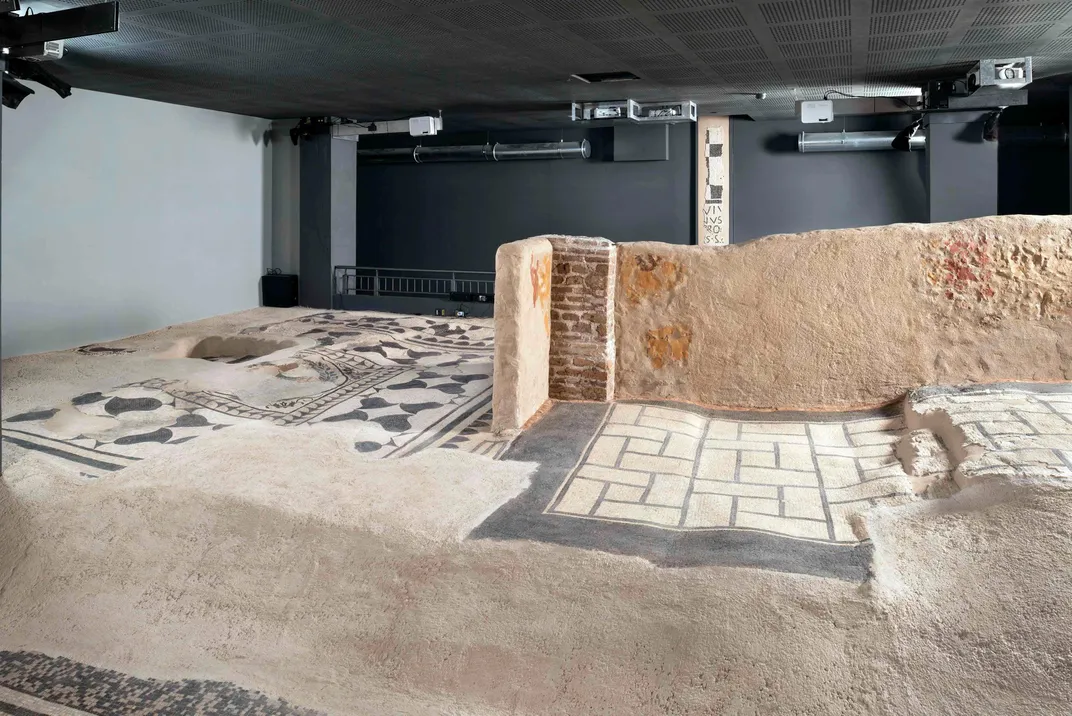
/https://tf-cmsv2-smithsonianmag-media.s3.amazonaws.com/accounts/headshot/nora.png)